A Bordeaux Right Bank Recital
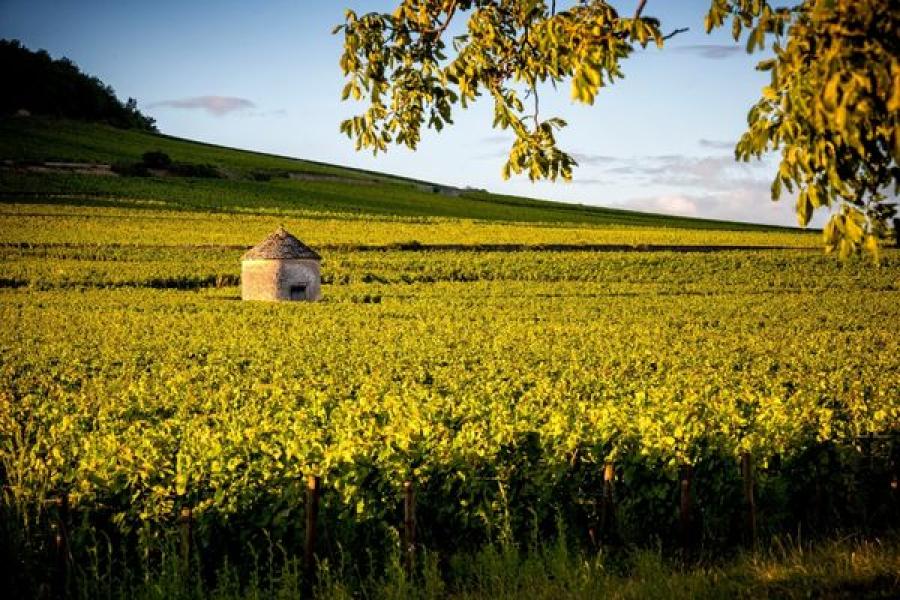
Welcome to part three of an introduction into Bordeaux wine. In this final blog I will be exploring the right bank of the Dordogne River, starting in the north with Côtes de Blaye and ending in the world renowned appellation of Saint-Émilion in the south.
In Left Bank blends Cabernet Sauvignon is the dominant force. Merlot, Cabernet Franc, Petit Verdot and Malbec tend to play supporting roles. Whereas Right Bank wines are predominantly Merlot-based, with an increasingly use of Cabernet Franc as well as Cabernet Sauvignon, Malbec and Petit Verdot used as blending components.
Left Bank terrain is mostly flat with gravel topsoil and limestone underneath. Wines typically have more tannin and a bigger overall structure than their Right Bank counterparts, which generally comprise a limestone surface with less gravel and more clay. Right Bank wines tend to be rich in fruit and softer in texture with lower levels of tannin and acid.
Côtes de Blaye
Due to its large size, Cotes de Blaye features a wide and diverse array of terroirs and soils that range from limestone and clay on the hillsides, to soils with more gravel, sand, and chalk at the bottom of the slopes. With its diverse array of soils, Cotes de Blaye is able to produce both red and white wine.
On the whole this region rarely produces anything worthy of note. Within the various appellations, vineyards produce generally average quality, decent value wines, however there is definitely a large range of quality.
Characteristics: Vibrant, lighter, easy-drinking
Côtes de Bourg
Just south of Blaye is the very similar region of Bourg. The region of Côtes de Bourg also consists of highly variable terroir. At its best, there are vineyards with strong clay and limestone soils. The only major difference is that the climate is cooler due to the close proximity to the Gironde estuary where the two rivers intersect.
This cool, marine climate and naturally moist conditions of the appellation can make it difficult for the grapes to achieve full ripeness, in difficult, cold, or rainy vintages. However, the Merlot grape thrives in the areas with cooler, moist, clay-rich soils, while Cabernet Sauvignon does better in the gravel and sand-dominant parts of the region.
Characteristics: Smooth, elegant, fruity
Fronsac
The theoretically superior title of Canon-Fronsac occupies the southern portion of the wider Fronsac appellation and has traditionally produced its most-respected wines. Wines labelled Fronsac or Canon-Fronsac must be made from grapes grown some distance from the alluvial soils close to the banks of the Dordogne. It is the slightly higher land beginning just a few hundred meters to the north that produces the best vines. The soils here are composed more of chalk and limestone than clay, giving the vines a certain resistance to hotter or rainy weather.
The second half of the 20th Century was a time of improvement in Fronsac's wines, as new technology and a change in winemaking philosophy have led to continued progress. The appellation now offers affordable alternatives to the high-priced wines of the Pomerol and Saint-Émilion.
Characteristics: Complex, round, great consistency
Pomerol
Pomerol has no formalised wine classification system (as do Médoc, Graves, Sauternes and Saint-Émilion), and has risen to its current reputation in a relatively short space of time. While most appellations are named after a village or town within their boundaries, Pomerol has no such epicentre. It is an unchanging 800 hectare gravel bank, which rises and falls by only 20 meters.
The south and west of the appellation have sandier soils compared to the slightly heavier soils in the east, which are dominated by clay. It is in this eastern section, on the marginally higher land where the best wines are produced.
Merlot is the dominant grape in Pomerol and plays a large part in making the wines rich, smooth and approachable at an early age, while also being capable of extended aging. Cabernet Franc is also often present, adding structure and an element of savoury spice.
The prevalence of Merlot has its risks for Pomerol though, as it does for neighbouring Saint-Émilion. Merlot is an early-flowering variety and is susceptible to spring frosts. In 1991, for example, spring frost damaged a large proportion of Pomerol's vines.
Characteristics: Refined, powerful, intense, and sensual
Saint-Émilion
The Saint-Émilion wine appellation is one of the most prolific in the Bordeaux region. It is also responsible for some of the most prestigious, and expensive red wines in the world.
Saint-Émilion wines are predominantly made from Merlot and Cabernet Franc. The other traditional Bordeaux varieties are permitted for use here, but are rarely used to any significant extent. This is not so much a question of taste and style as one of soil; the clay and chalk rich soils around Saint-Émilion are generally cooler and are less capable of ripening Cabernet Sauvignon reliably. On the whole, the prevalence of Merlot in Saint-Émilion means that its wines are approachable at an earlier age than their more tannin-rich relatives from Médoc. This is a key factor in their appeal and popularity in markets all around the world.
Geologically speaking, Saint-Émilion can be divided into three main vineyard areas. The most significant is the limestone plateau on which Saint-Émilion town is located, and the slopes around it. Most of the very top vineyards and châteaux are located here, within a mile of the town.
Immediately south of the limestone plateau is the alluvial, sandy plain which slopes gently down to the banks of the Dordogne. Few wines of any note are produced here, and none of the Grand Cru Classé properties are located here.
In the north-western corner of the Saint-Émilion is an area which boasts the same free-draining gravel soil that are found in the best properties of Graves and Médoc, which explains why châteaux here are able to grow and ripen both Cabernet Franc and Cabernet Sauvignon.
Saint-Émilion also has a Grand Cru appellation (Saint-Émilion Grand Cru), which imposes slightly tighter production restrictions. This has been the subject of much criticism since its introduction in 1954, as the restrictions are widely viewed as being too loose to warrant the use of the Grand Cru title, and twice as much Saint-Émilion Grand Cru wine is made each year than regular Saint-Émilion.
Fortunately, the Saint-Émilion Wine Classification system performs the task of marking out the area's top-tier wines. This works in much the same as the classifications of the Médoc, Graves and Sauternes, but with one significant difference: it is periodically reviewed to keep it up-to-date and relevant. It was first drawn up in 1955, and was most recently updated in 2012.
More recently though, there has been serious controversy in the appellation with Château Angélus becoming the third Premier Grand Cru Classé property to withdraw from the Saint-Émilion classification system, following Cheval Blanc and Ausone in August 2021. They criticised the system, saying that evaluation criteria departed too much from the fundamentals aspects of the terroir, the wine, and the history.
Characteristics: Powerful, refined, warm, full bodied, velvety tannic structure
Featured
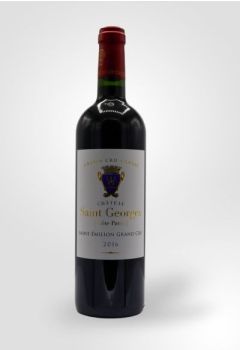
Chateau Saint Georges Grand Cru, Cote Pavie Saint-Emilion, 2016
Elegant soft and silky
What is MIX6?Add 6 or more bottles of selected wine to your basket to receive the wholesale price.
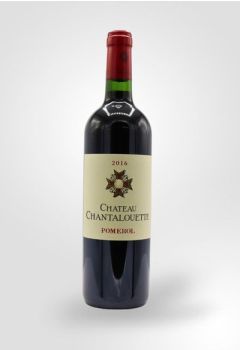
Château Chantalouette, Pomerol, 2016
Complex, elegant and sliky smooth
What is MIX6?Add 6 or more bottles of selected wine to your basket to receive the wholesale price.
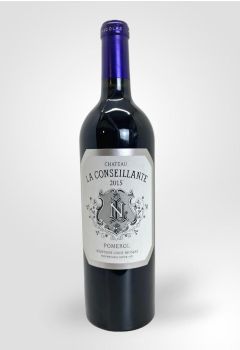
Château la Conseillante, Pomerol, 2015
rich and muscular
What is MIX6?Add 6 or more bottles of selected wine to your basket to receive the wholesale price.
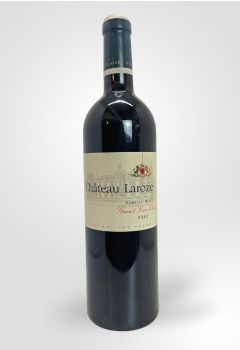
Chateau Laroze Grand Cru, Saint-Emilion, 2012
Aromas of spice, damson and hints of vanilla
What is MIX6?Add 6 or more bottles of selected wine to your basket to receive the wholesale price.
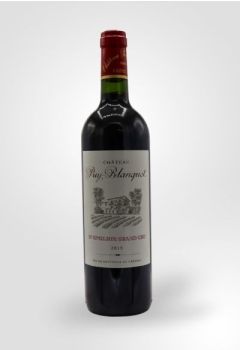
Château Puy Blanquet, Saint-Émilion, 2015
A brilliant St Emilion
What is MIX6?Add 6 or more bottles of selected wine to your basket to receive the wholesale price.
